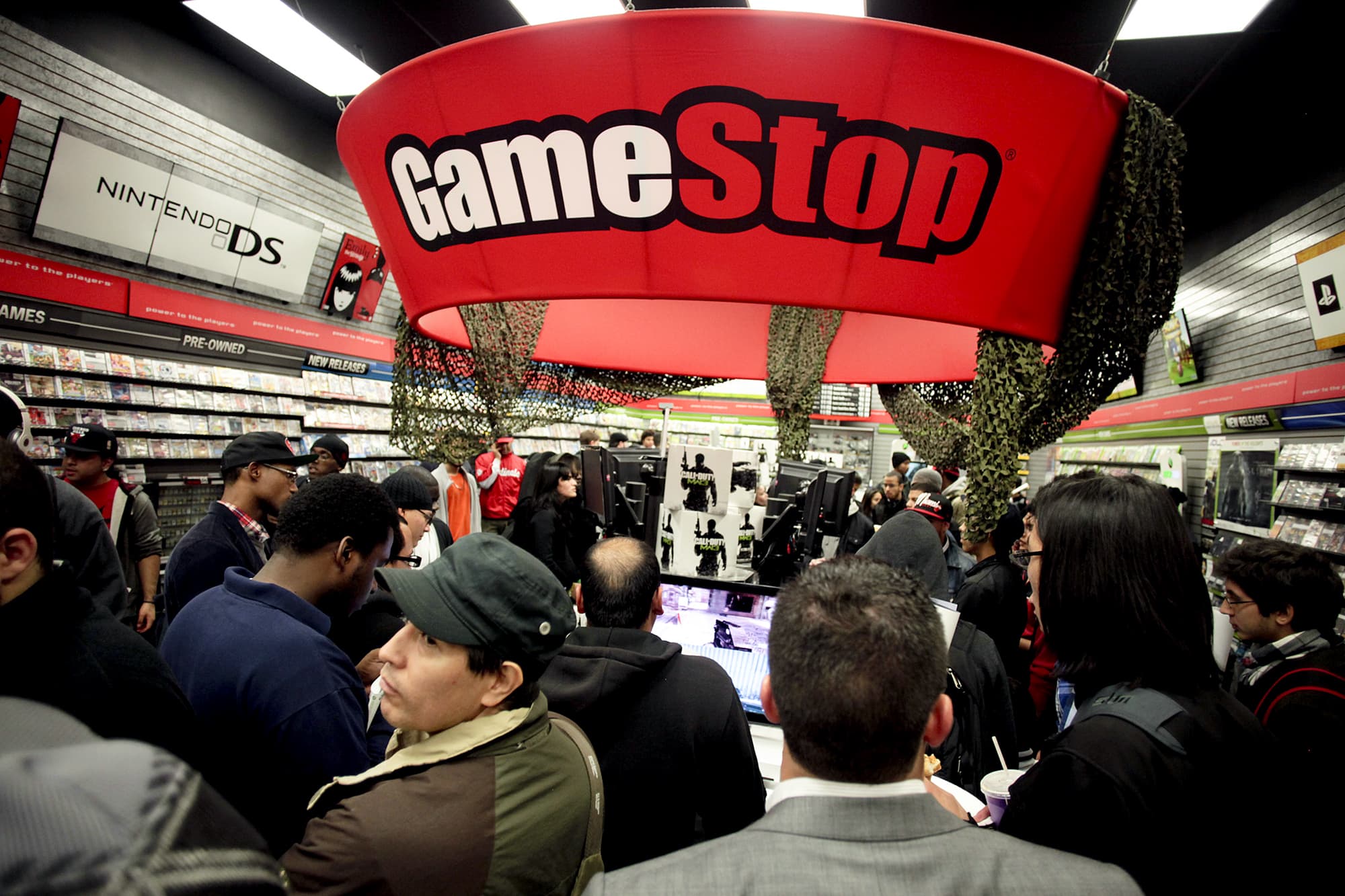
Stephen Yang | Bloomberg | Getty Images
Back in the mid-1990s, I was writing a book entitled, “Traders’ Tales.”
In the process of gathering stories for the book, I had the unique opportunity to chat with a gentleman by the name of Mike Metrinko.
When he passed away in 2003, at the age of 93, Mike was the oldest and longest serving member of the New York Stock Exchange, having begun his trading career in 1928.
He survived the crash of 1929 and every subsequent episode through the bursting of the internet bubble.
One of the things he told me was just how little things change on Wall Street. “The game never changes,” he said. “Only the faces do!”
That rings true today.
In the 1920s, retail brokerage firms, many of which were known as “bucket shops,” would allow individual investors to walk in off the street, buy stock on margin, drive share prices higher to induce their retail clients to buy some more, and then take them to the cleaners and wipe them out after “painting the tape” — making stocks look better than they actually were — to gin up profitable action for themselves. The house always wins.
Does that sound familiar?
It should.
It’s happening again today, only this time zero-commission trading, new technology and encouragement from tech-savvy billionaires is creating these mini-bubbles in the market.
Chatter driving up prices
My colleague, David Faber, has rightly stated that we’ve never quite seen the type of action in individual stocks as we have seen lately, although it bears some resemblance to the action I described in the “roaring 20s,” in the “go-go fund” era of the late 1960s and, of course, during the internet bubble of the late 1990s.
Led by similarly popular market gurus, individuals bought newsletters, talked on AOL message boards or in “chat rooms” and blindly drove up stocks like Iomega and other tech names, or any company that ended in “.com.”
Some companies, taking advantage of the era, and individual investors, re-branded themselves as internet companies.
K-Tel, which sold bad 70s music over the internet, said it was converting to internet-based sales and the stock zoomed.
Zapata Corporation, which sold fish and bone meal, added “.com” to its name and the stock skyrocketed.
David and I, among other CNBC anchors and reporters, challenged the wisdom of trading, or investing in these stocks, only to get extremely nasty hate mail, both of the snail and e-mail variety, claiming we had no idea what we were talking about.
The “Iomegans” were particularly vocal.
Suffice to say, and as we surmised, it all ended badly in the Dotcom bust beginning in early 2000.
As a point of reference, economist Robert Samuelson wrote that of the 456 companies that went public in 1999, 77% had no profits.
They were bought and driven higher nonetheless until the crash came in January 2000 for the Dow and March 2000 for the NASDAQ.
This bubble-like behavior is, indeed, different as it does not yet appear to pose a systemic risk to the financial markets or the broader economy, although we don’t know if it one day will.
When I found myself in a Twitter war with Dave Portnoy of Barstool Sports last year, we were arguing over whether or not “stonks” only go up.
I referred to that period in mid-2020 as “silly season.” Knowing the history of speculative episodes, I should have recognized that the environment then was “the end of the beginning” of this mini-mania.
I believe we have now entered the “beginning of the end.”
As always, let the buyer beware and remember that not every pundit talking up stocks has your best interests at heart.
Some, be they millionaires, billionaires, gamblers or day traders, have their own agendas.
Despite what’s being said, this time is not different. Protect your profits and exit the game.
You may not thank me now, but you will thank me later.




